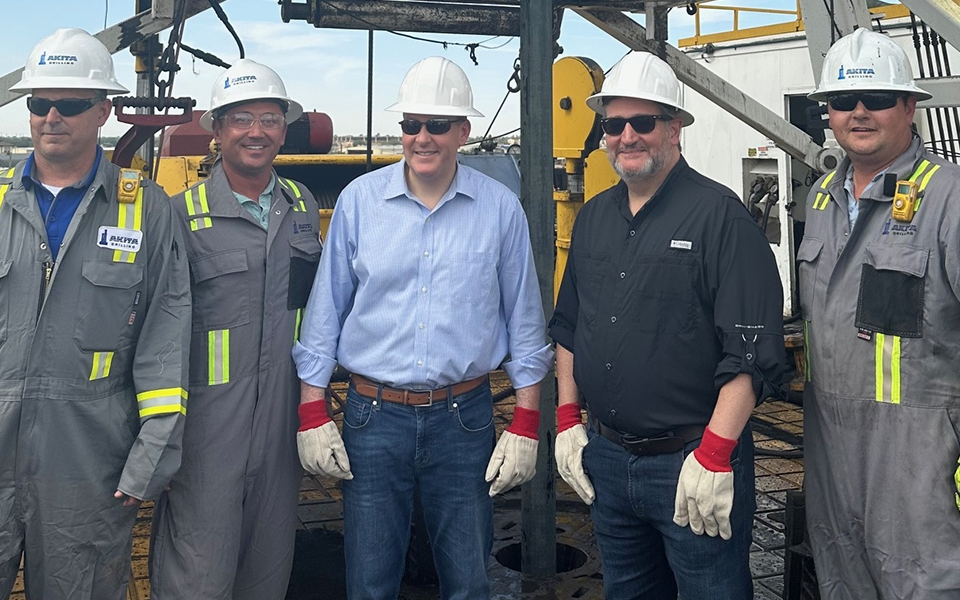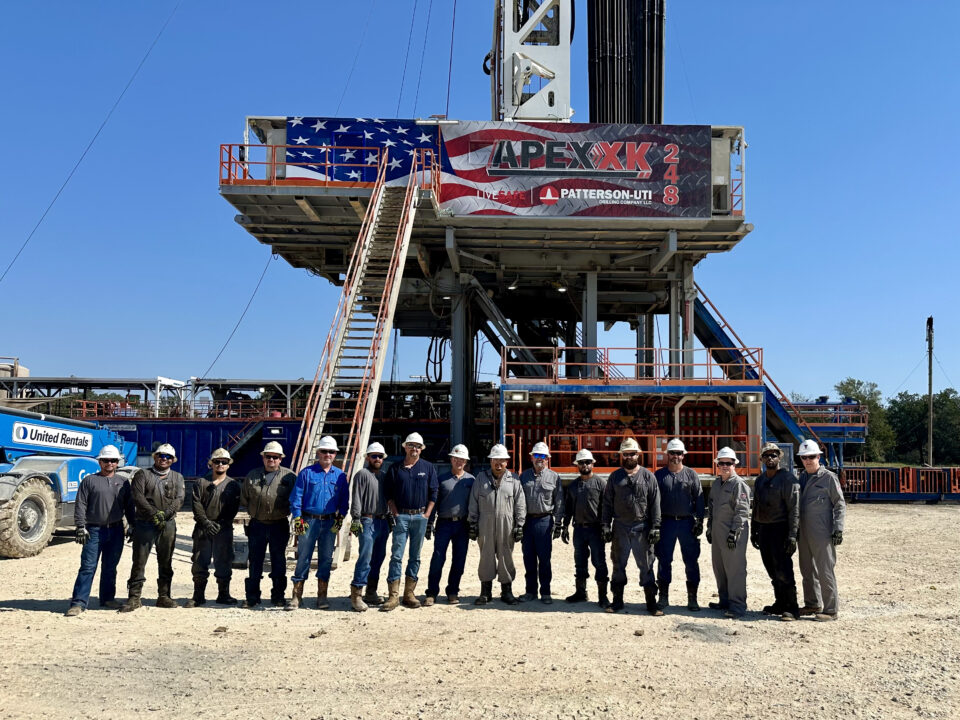Blowout Prevention
Blowout Prevention
Blowouts are the most feared occurrence on a drilling rig because they can result in injury or death to personnel, loss of equipment (including the entire rig), loss of valuable oil and/or gas and damage to adjacent property. Blowouts can occur when well kicks are not promptly controlled. Kicks occur when abnormal pressures enter the wellbore.
The first line of defense against well kicks and subsequent blowouts is the drilling fluid (mud) system. The blowout preventer (BOP) equipment on a rig serves as a backup to the mud system in controlling kicks and subsequent blowouts.
Well kicks are prevented by maintaining the hydrostatic pressure of the drilling fluid greater than the formation pressures that are exposed to the wellbore. Since hydrostatic pressure is determined by the density (weight) and the true vertical height of the drilling fluid column, the primary responsibilities of the drilling crews in preventing well kicks are as follows:
- Maintain the mud weight specified by the operator/mud company.
- Keep the hole full of mud at all times.
The mud weight should be checked at frequent intervals and deviations from the recommended weight reported to the driller so corrective measures can be taken. The mud pit level should also be checked frequently to detect gains and/or losses. When tripping out of the hole, the hole should be kept full by using a trip tank, centrifugal pump or the mud pump to fill the hole after every 3-5 stands have been pulled. This replaces the mud formerly occupied by the pipe that has been pulled out of the hole.
Mud can be swabbed from the hole if the pipe is pulled too fast, if the mud is too viscous mud or if the bit is balled up. This swabbing will show up as a gain in the level of mud in the pits. Mud can also be lost from the hole due to lost circulation zones. The lowering of the mud level in the hole will result in a reduced hydrostatic pressure.
Proper installation and testing of blowout preventer equipment is essential to ensuring that it will operate properly when it is needed to control a well kick. When installing the blowout preventers, ensure the flange rings and grooves are clean and in good condition. Flange bolts and nuts should also be clean and they should be tightened to the proper torque. Flange bolts and nuts should be retightened every two to three weeks. Care should be taken when hooking up hydraulic lines from the closing unit to the preventers to be certain each valve operates the proper preventer. Closing unit valves should be clearly labeled as to which preventer they operate. Manual closing wheels should be installed so the preventers can be closed in case hydraulic pressure is lost. After equipment is installed and checked, it should be pressure tested for leaks.
Blowout preventer drills should be held regularly by each crew to assure that each crew member knows what his duties are in case of a kick and to assure proper functioning of all blowout preventer equipment.




